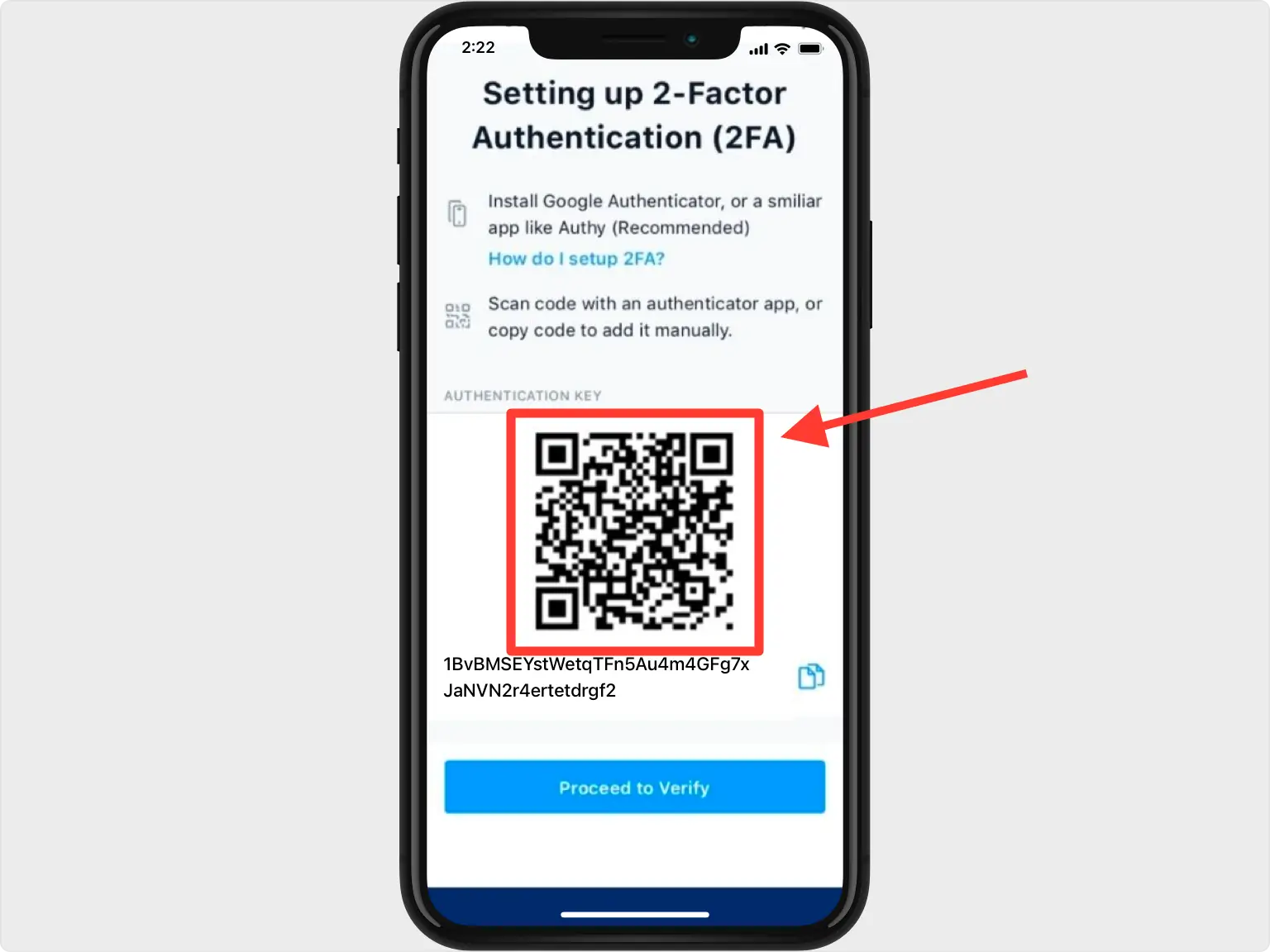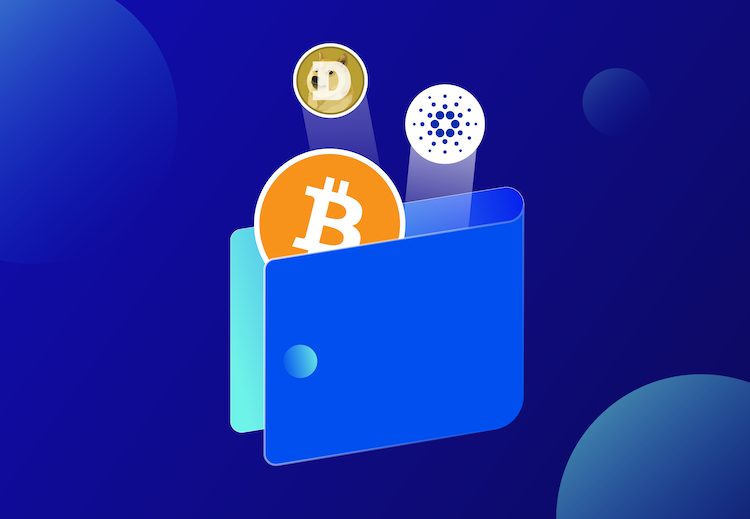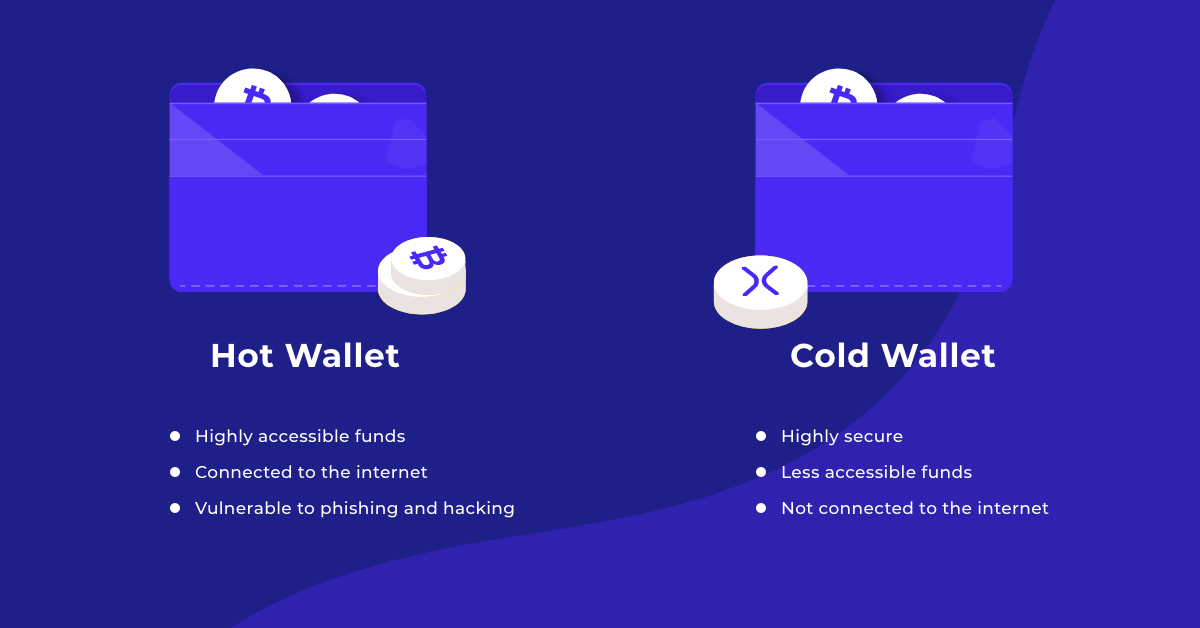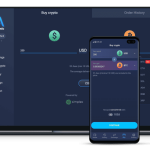Crypto Wallet Features: Your keys, your coins. That’s the golden rule in the digital world of cryptocurrency. But to keep those keys safe, you need more than just a password. You need a wallet packed with the right crypto wallet features. I’m here to guide you through the maze of security must-haves, from two-factor authentication to steel-clad encryption. And beyond safety, I know you crave a smooth experience, managing multiple currencies without breaking a sweat. Get ready to dive into hot wallets that offer on-the-go access and cold storage solutions for your digital gold’s long haul protection. Plus, we’ll cover seamless transaction management that makes your crypto-life a breeze. Let’s unlock these secrets together and gear up for a secure, efficient crypto journey.
Essential Security Features for Robust Crypto Wallets
Emphasizing Two-Factor Authentication and Biometric Security
Everyone loves a strong lock on their door. So we need solid locks for our digital cash too. For your crypto safety, think of two-factor authentication (2FA) as a top-notch lock. It asks for more than just a password. It might want a code from your phone too. And when it comes to crypto wallets, 2FA forms an extra wall. A wall bad guys find hard to climb.

There’s also something super cool called biometric security. Your fingerprint or face can act as a key. Only you have it, so only you get into your digital wallet. No more worries about someone stealing your password. Biometric checks mean you can just use a touch or a look to keep your coins safe. It’s like magic, but it’s real.
Implementing Advanced Encryption to Safeguard Digital Assets
Now, toss in some heavy-duty armor called encryption. This armor protects all your crypto. Encryption scrambles your info. So if someone gets it, they can’t read it. Think of it as a secret language for your wallet. The only one who knows the secret is you. It keeps your money safe from sneaky eyes.
Let’s not forget, each wallet has a secret ID called a private key. You must keep it away from others. It’s the unique code that shows you own your cryptocurrency. Like a super-secret password, you should never share.
Public keys are different. They’re like your wallet’s address. People need it to send you money. Think of it as your mailbox in crypto land. Safe, and fine for others to see.
Having a wallet that can talk to many types of digital money is key too. We call this multi-currency support. It lets you keep your Bitcoin, Ether, and other coins all in one place. Just like having a magic bag that holds every kind of coin.
One more thing, crypto life can be messy. So, good wallets make it neat with a user-friendly interface. Simple is often better. It helps you do what you need without a headache. It would be best if you had clear menus, easy actions, and no confusion.
Remember these words when choosing a wallet: 2FA, biometric security, encryption, private and public keys, multi-currency, and user-friendly. These features keep your digital treasure chest safe and easy to use. Now go lock down your crypto!
Remember, always pick a wallet as tough as a superhero. It should guard your digital cash like the most valuable thing you own. Because in the crypto world, it is.
Accommodating Multiple Currencies and Streamlining User Experience
Integrating Multi-Currency Support for Global Use
In the world of crypto, having a wallet that supports many types of currency is a must. It lets you manage Bitcoin, Ethereum, and others without needing different wallets. Think of it like a magic bag that holds all sorts of coins from around the globe. You don’t have to switch bags every time you use a different coin. Pretty handy, right?
Now, if I say ‘multi-currency support,’ what does that mean? Multi-currency support means your wallet can hold and manage more than one type of cryptocurrency. Simple enough. This feature helps you keep all your digital money in one secure place. Also, it makes trading easy as pie. You can switch between coins fast, without stress. Hardware wallets, software wallets, each has its perks. Yet, a multi-currency wallet takes the cake for global use.
Designing User-Friendly Interfaces with Efficient Backup Procedures
Let’s talk about making wallets easy to use, with simple backup steps. User-friendly means anyone can use it, easy as riding a bike. Big buttons, clear menus, and quick access to your stuff. This is what great design does. Add in solid backup options and you’re golden.
Why’s backup key? Imagine losing your phone with your wallet. That feeling of “Uh-oh, what now?” That’s where backups save the day. You need a recovery seed, a super-secret code that gets your wallet back. Keep this code safe, like a treasure. It’s your lifeline if things go south.
And yes, stuff like two-factor authentication adds a big boost to security. It’s like having a secret handshake only you and your wallet know. Add biometric checks, like a fingerprint, and sneaky hackers will have to look elsewhere. Encryption, that’s mixing up your data so only you can unmix it, keeps prying eyes out. And don’t forget, knowing your private key and public key is key. The private one is your secret, and the public one is your wallet’s address. Think of it like your home address, but for your digital cash.
So, all in all, we’re looking at bringing different coins together under one roof. Making them snug and secure, while keeping things user-friendly. This combo is the golden ticket for anyone who wants to dive into crypto without a headache. With these features, your digital transactions are as easy and secure as handing a friend a dollar bill. Who wouldn’t want that?
Balancing Convenience with Safety: Hot Wallets vs. Cold Storage
Exploring the Accessibility of Hot Wallets and Mobile Solutions
We carry our phones everywhere. So, it makes sense to have a wallet for money on our phones too. This is what hot wallets do. They let you store, send, and get crypto quick and easy. Hot wallets run on the internet and work well for daily spending. Think of them like the cash you have in your pocket. You want it handy for small buys. They come in different types: some are apps, others in web browsers. All of them focus on making it simple to use your crypto.
With hot wallets, you get a mix of ease and security features. Things like multi-currency support let you keep different coins in one place. Mobile wallet convenience is great since you want to use it without hassle. And don’t forget _two-factor authentication*. It adds an extra check to make sure it’s really you trying to use your money. With mobile wallets, a simple _QR code scanning* makes paying friends or for stuff quick and safe.
Delving into Cold Storage Options for Long-Term Security
Now, for those of you saving up or sitting on that coin for the long haul, cold storage is key. Cold storage wallets are like a safe. They keep your crypto offline, away from hackers and other bad stuff on the internet. Most times, this means a hardware wallet benefits those who worry about online threats.

What makes them shine? Think private key safety and wallet address recognition. They keep your private keys locked away, so no one else can touch your crypto. And when you do need to use them, these devices make sure the right wallet address gets used – it’s like making sure the mailman delivers to the right house. Cold storage features also include _backup procedures* and _recovery seed importance*. This is just fancy talk for ways to get your coins back if something goes wrong, like losing the device.
These wallets aren’t just locked boxes, though. Many now offer _user-friendly interface* designs, making them not so scary to use. And _biometric security* means that sometimes your fingerprint is all you need. For those looking to keep their crypto safe for the future, cold storage gives that peace of mind.
Whether you choose the quick and handy hot wallet or the solid safety of cold storage, making sure your crypto is well-managed and secure is the goal. From your pocket to your safe, it’s all about finding the right balance between being able to use your money when you need it and keeping it far from harm’s way.
Facilitating Seamless Transactions and Management of Digital Assets
Incorporating Transaction History and Network Fee Adjustments
When it comes to managing your digital cash, knowing your past moves helps a lot. That’s why a good crypto wallet shows your whole transaction history. It’s like having all your receipts in one spot! Now, let’s talk about fees. Network fee options let you choose how fast your transaction goes through. Pay more, move faster; pay less, move slower. It makes sense.
Maybe you’re asking, “What’s network fee options?” This is where you can set your own fee to send crypto. The blockchain network needs this fee to process your deal. A higher fee can make your transaction a priority. This means it gets done quicker than others paying less.
Wallets that let you change fees can save you money. If you’re not in a rush, pick a lower fee. But for urgent matters, a higher fee can speed things up. Managing fees helps you keep control over your spending.
Understanding the Significance of Wallet Security Measures and Decentralized Finance Accessibility
Your crypto wallet must be safe like a bank vault. Picture this: You have a special key that only you can use. That’s your private key in the world of crypto – super important to keep secret. Then there’s your public key. Think of it as your wallet’s address. You can share this with others, so they know where to send your money.
Why is private key safety so important? Well, if someone gets it, they can take all your digital dough. And we don’t want that! It’s like giving a thief the keys to the safe. So, always keep your private key to yourself.
But security’s not just about keys. It’s also about being able to connect to the exciting world of decentralized finance, or DeFi for short. With DeFi, you can lend, borrow, and earn interest without the middleman. Your wallet is like your passport to this world.
Now, how does DeFi access matter? It opens up a world of money moves right from your wallet. Easy access to DeFi means you can do more with your crypto without leaving the app. It connects you to a universe where finance knows no bounds!
Remember, wallets aren’t just for storing. They’re like your financial Swiss Army knife. From keeping your transaction records tidy to making smart choices on fees, they let you run the show. And with tough security plus a door to DeFi, you’re ready for anything in the crypto world!
We’ve journeyed through the must-haves for safe crypto wallets, from tough security with two-step checks and fingerprint locks to how we protect our digital coins with top-level coding. We considered how wallets keep many kinds of money and make it easy for all. Plus, we looked at how we pick between always-on wallets or ones we tuck away for safekeeping.
I’ve shared tips on making coin-swapping smooth and managing your digital cash without a hitch. Remember, staying safe with tech means knowing all the tricks and tools. Keep them close, and you’ll be set for your crypto adventure. Let’s keep our digital wallets as safe as homes for our coins! Follow Crypto Market Pulse to update more knowledge about Crypto.
Q&A :
What are the essential features of a good crypto wallet?
A good crypto wallet should offer robust security features, such as two-factor authentication, multi-signature support, and a secure backup system to protect your digital assets. It should also provide a user-friendly interface, compatibility with a wide range of cryptocurrencies, and easy integration with exchange platforms for seamless transactions.
How do crypto wallets ensure the safety of digital assets?
Crypto wallets ensure the safety of digital assets by utilizing advanced encryption protocols to secure private keys, which are necessary to access the cryptocurrency. They also offer different security layers like hardware wallet options for cold storage, or biometric authentication for mobile and desktop applications. Regular updates and support from the wallet provider further enhance security measures.
Can I access my crypto wallet from multiple devices?
Yes, many crypto wallets today are designed to allow access from multiple devices. They offer both desktop and mobile versions, or web access, ensuring convenience for users. However, it’s important to verify that the wallet’s security is not compromised when syncing across different devices, and to use secure methods to protect your information during access.
What is the difference between a hot wallet and a cold wallet?
A hot wallet is connected to the internet and provides convenient access for daily transactions, making it suitable for active trading and payments. In contrast, a cold wallet is offline, providing enhanced security by storing your crypto in an environment that is not accessible via the internet. Cold wallets are better suited for long-term storage of large cryptocurrency amounts.
Does the type of crypto wallet I choose affect transaction fees?
The type of crypto wallet you use does not directly affect transaction fees, which are typically determined by the cryptocurrency network itself. However, some wallets offer customizable fee options allowing users to choose higher fees for faster confirmations or lower fees for non-urgent transactions. Always check if the wallet provides such features to manage costs effectively.




